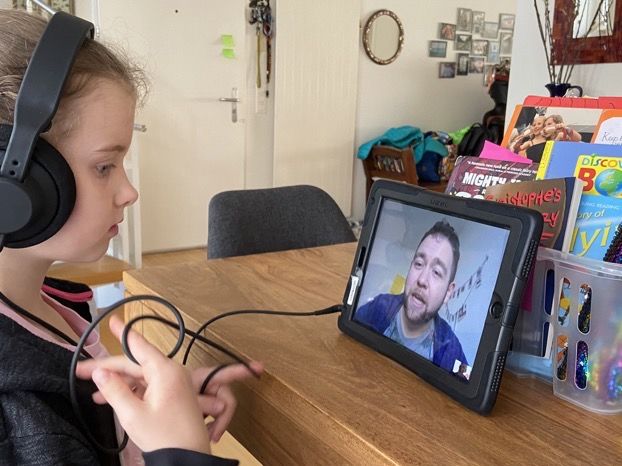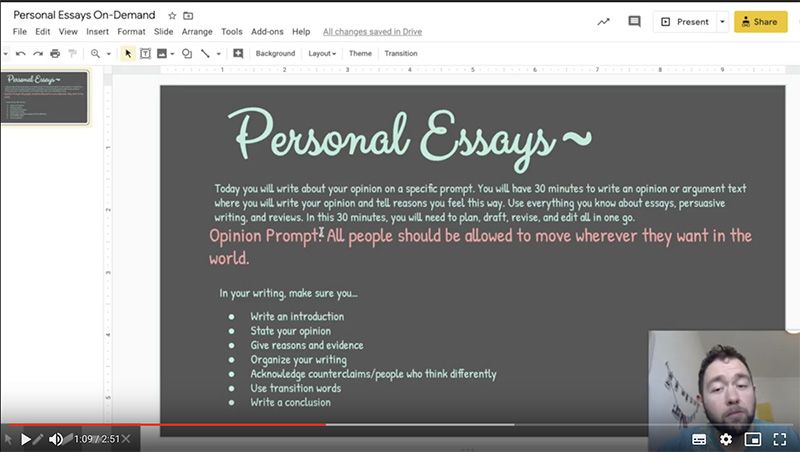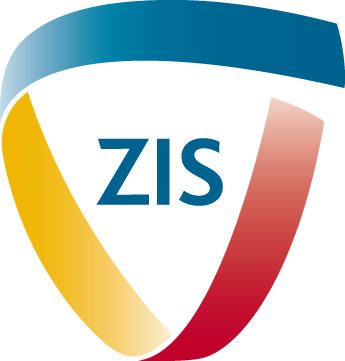Continuous Learning Plan
A teacher's experience - Michael Milne

Michael Milne is Homeroom Teacher for Grade 4 (students aged 9-10 years)

Michael Milne, Grade 4 Homeroom Teacher
Michael Milne, Grade 4 Homeroom Teacher
We may be living through uncertain times, but there’s one thing I’m sure of, and which I told my students just this morning: this experience is something we will all remember for the rest of our lives.
While the early days of adapting to a new way of teaching and learning were tricky, with the inevitable teething problems, I think we’ve quickly got our heads around it. When it comes to working out what the school day should look like – how to prepare and keep it simple – the trick is to pare everything down. You want students to enjoy the process of learning and not get stuck trying to interpret instructions.
If someone had told me that we would be making videos with these kinds of production values back in February, I would have been amazed. But the videos are crucial, so we ensure we have an entertaining “hook” at the start of each short clip. Today, I played a tortured writer screwing up bits of paper – silently and in sepia tones – to show severe frustration at how to get started on writing an interesting intro. You have to add a bit of personality and amplify your message – and because we are remote, you turn the dial up to 11.
There’s a bit of the “cheerleader” about it, before we launch into the more didactic “this is what you will be learning” section of the video. And we keep them short, so it reflects how long kids can sit together and listen and that’s normally around five to 12 minutes. But the students want to see your face and hear your voice so it’s completely worth the effort.
That’s what I think students are finding the hardest – they want to see and hear you, and see and hear each other. I’m on my computer – in my “studio” (it’s a storage room) – from about 7.45am. We have a morning online staff meeting (my dog has to be locked out of the room) and we’ll share some activities and games, or just catch up and answer any queries. I constantly have an eye on my email – students are used to immediate feedback. If they’ve got a problem, they need help there and then; if you wait too long, they’ve forgotten it. And I cottoned on after a while that the kids who ask questions they already know the answer to just want to hang out with someone they know, and I understand that.

We’ve tried to keep some structure in the day, but some of the kids’ time is open and flexible. Some have really enjoyed that freedom – and some haven’t. They’ll ask “what day do we normally do PE? I just want to do it then.” Sometimes we all miss routine and a school schedule. We are asking university levels of independence from them at this time, and we couldn’t do this without the partnership from parents – kids wouldn’t be benefitting unless parents were completely on board.
We also underestimated how many posts we’d receive on our platform Seesaw, which is a bit like Instagram but private. We wanted comments on every bit of work, but 20 kids posting maths, reading, writing and science every day soon adds up, and that’s before they sent a picture of their dog or a video of a funny dance. I’d have a wave of panic by lunchtime when I’d see a queue of messages, but we’ve got on top of that now and manage to give good, constructive feedback.
In the coming days I’ll be asking the students what we are doing now that is better than before lockdown. What should we bring back into the classroom, and what should we lose? Something I’d like to make more prominent is a crystal clear “I can” statement – asking them to identify a goal: “I can write a really good intro” or “I can multiply using …” It explains why we are doing what we are doing.
And one other thing I’ve learned: sometimes it can be awkward for students to sign off at the end of an online meeting. I’ve devised a game to send them away – we might be doing some yoga or strength moves, and I’ll ask them to hold a pose until they can’t any longer – and then it’s time for them to say goodbye.
